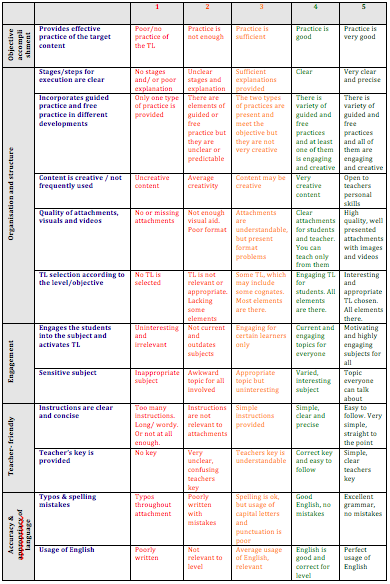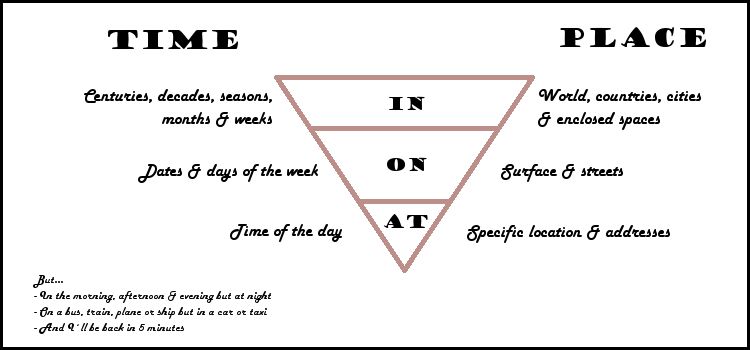12 December 2015 / by Paola Tanc
What you need to ask yourself before creating ESL activities
Creating ESL activities can sometimes be frustrating, at least that's the case in my life. I sometimes find myself in need for inspiration, so I google some conversation topics that might interest the students, or that's what I think. I start working on the activity until I feel that it is perfect, I submit my activity and wait for the day when I get to teach it to my students... The day finally arrives, but so does the big problem, the real one, which is while teaching the activity and it doesn't plan out as I would have hoped. The students don't find it as interesting as I did or they don't engage as I thought they would. They are not wanting to talk about it or maybe it is over in 5 minutes but I needed it to be longer, I wanted them to talk and I did not achieve that. Another problem comes when my students actually like my activities but perhaps other students with different teachers doing the same activity don't like it. What is the problem here? It's simple, we are all different, students and teachers, but of course we cannot make one activity for each class and each teacher, it would take forever. Instead we can look for solutions, simple solutions that I think will benefit both the teachers and the students.
How do we approach creating ESL activities?
Easy. Ask yourself these questions before creating ESL activities :
- What do I want them to learn ? Vocabulary? Grammar? What is the purpose for my activity?
- How can I make it interesting so that the students want to participate and express their opinion?
- How do I make it memorable so that they won't forget what they have learned, store it in their long term memory?
- Can I really make them talk for 15 minutes about this? If the answer is yes, perfect! It means that it could work. If the answer is no, then you should probably change the topic.
- Do I have the same kind of personality as my co-teachers? Can they understand how I think? Probably not all of them. I suggest to always include a Teachers' Key for other teachers as well as a good step-by-step explanation of how you want the activity to plan out. Also, try to have different attachments, parts or paths on how the activity can roll out, this can make your activity last longer and I am sure other teacher will be grateful for adapting your activity to different paths. The more "open" you make it, the better. Think how a philosopher can ramble on for hours, your student could do the same with a good topic. That's what we are looking for.
- Is my activity age appropriate for all the students ? Some topic are difficult to adapt to all ages, but try and make it possible, this way the activity could be used in all your classes no matter the age. Kids like pictures, we all do, so try adding more pictures or videos which can be shown to all.
- If it's a structure or grammar activity try to make a game out of it, learning should be fun, the funner you make it, the more memorable it becomes.
- Last but not least, try to act out your activity with some friends and see how it works, they might give you some advise on how to improve it (or you might figure that out by yourself)
Remember that not every culture find the same topics to be engaging. In my case, I have Spanish students, their interests can be different to mine. Learn what they like to talk about and adapt that to your activities, the students should be the ones doing the talking, not you.




